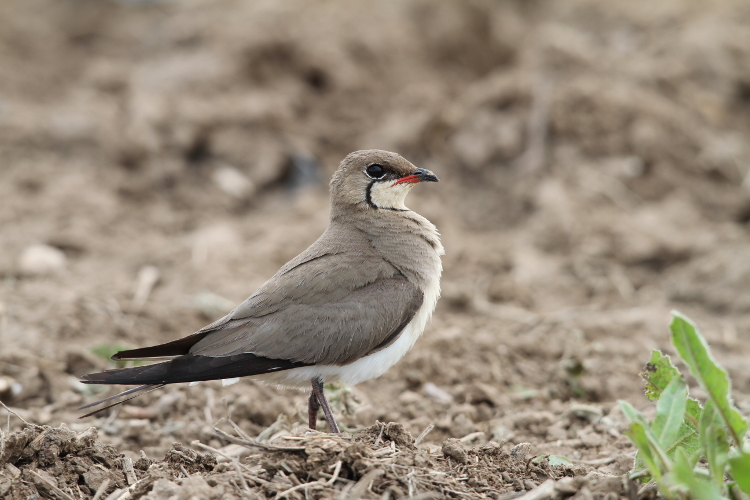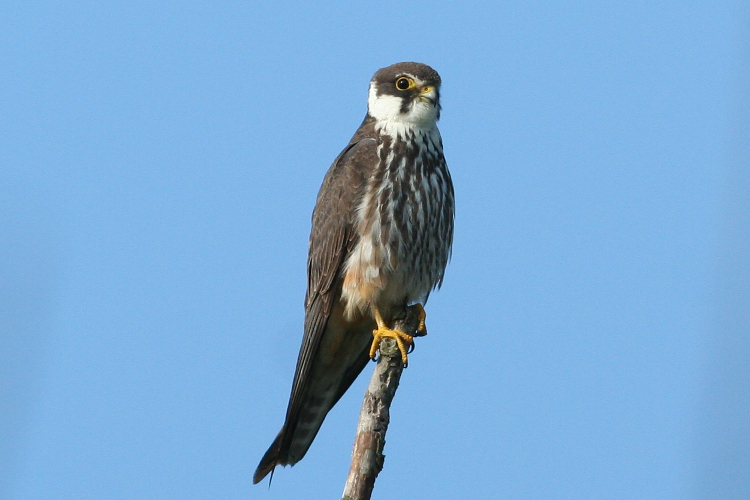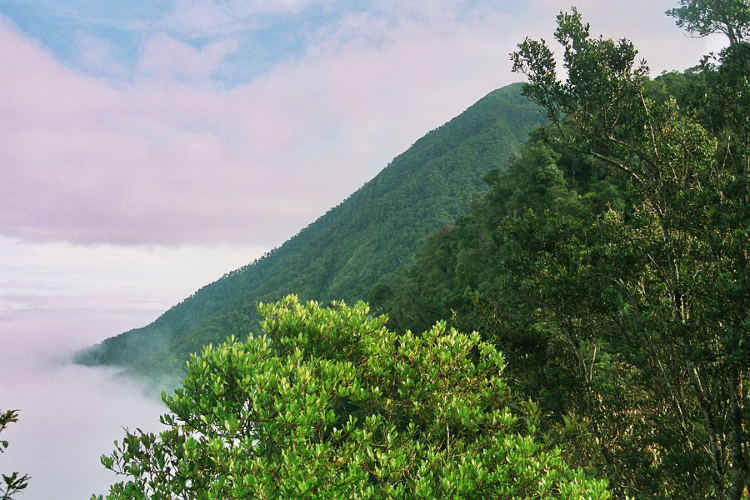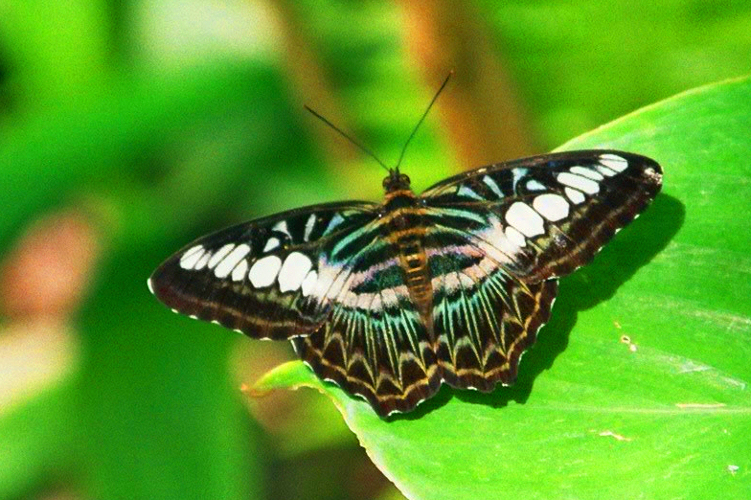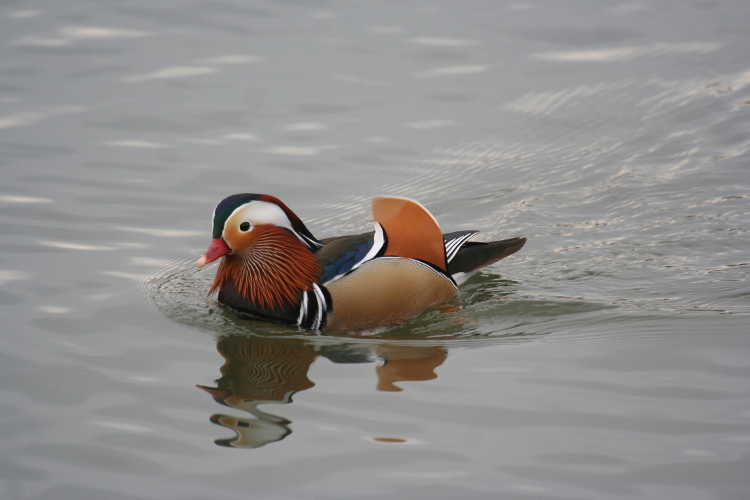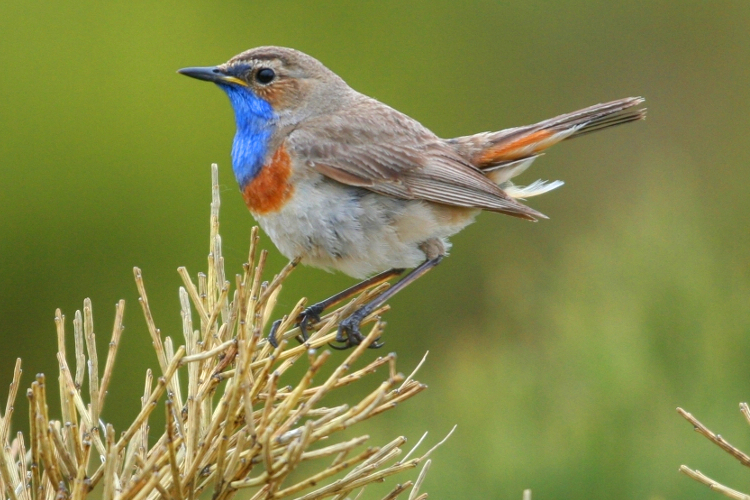LINKS





orientalbirdclub
Ayuwat Jearwattanakanok's BS
Tim Laman's WP
Festival de la photo de Montier-en-Der
National Geographic
Birds of the World
IOC World bird list
www.wikiaves.com
www.ornitho.lu
www.ornitho.ch
www.faune-grandest.org
Guislain Simard's macro-photo
jewel-beetles
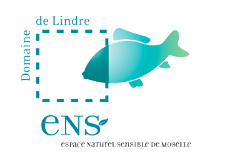





NEWS
VICTORY!!
PAUL WATSON IS FREE!

SAY NO!
to the abuses of so-called "traditional" hunts in France, these activities do not comply with European law and are mostly condemned by french citizens but are encouraged by a handful of representatives and activists and also by a president lying in front of the lobbies (especially the hunting one)
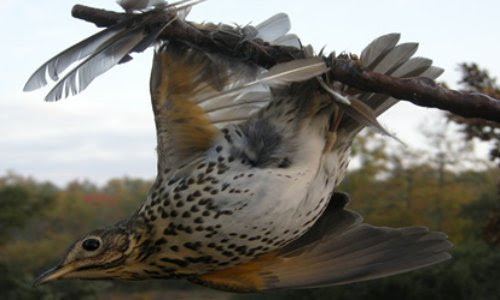
You can support the L.P.O (french league for the protection of birds) or ASPAS (french association for the protection of wild animals) battles on this subject
****
VICTORY!
THE MIGRATORY BIRD TREATY ACT IS RESTORED
This text, published by Obama administration after the oil spill disaster of September 10, 2010 was seriously weakened by Trump administration but in past October 2021 the US Fish and Wildlife service decided to revoke action from ancient president administration that removed initial features of M.B.T.A. More details on winter 2022 session of Living Bird.
>****
NEWS FROM 2024 & 2025: GREAT-EAST (FRANCE) AND NEIGHBOURHOODS
Confinement and travel restrictions having appeared since the beginning of 2022, I spent a lot of time visiting places conducive to nature observation located in the Grand-Est region: Lachaussée and Lindre ponds in Lorraine, Montenach reserve and the banks of the Moselle and the Saar. The Lachaussée pond remains a favoured destination because it is relatively unfrequented and served by at least two well-appointed observatories; it is especially in spring and autumn that this place offers the most opportunities for observers and photographers.
During the beautiful season, the purple heron nests there in small numbers and the young are visible in the fall; the bittern is present there but irregularly, it is especially visible and audible in the spring, which would mean that it would have nested around some years; in France, the number of breeding pairs remains quite limited for this specie.
Several birds of prey are also present in the reserve including the 3 harriers (marsh, Montaigu and hen), the marsh harrier is a frequent breeder and easily observed in the reedbeds, the Montaigu's harrier is mainly confined to the Gravelotte plateau (between Metz and Lachaussée) but it is often observed in crops near the pond, the hen harrier seems more discreet or more rare in recent years, I don't know if it is a breeder in the region; it is perhaps more present around Madine's lake. Low season is a good time to see common cranes, tundra swans (Bewickii), tundra geese and many ducks and other waterfowl. The Lindre pond, located in the eastern part of the regional park, remains a favorite destination for ornithologists, even if the site has tended to suffer from overcrowding in recent times. The pond has several access points but only one observatory (Auspaires), well designed for more than ten years; the site is interesting to visit at any time of the year, it is probably the richest place in species in all of Lorraine: ducks, herons (purple and gray), bitterns, great and litle one), white egrets, little egrets, waders and other water birds etc are present; nearly every raptor in France has been noted there, including the peregrine falcon and the white-tailed sea eagle; this later has become one of the specialties of the far east as it is regular every year (mostly viewed in winter) and has even been a successfull breeder there in some years.
>
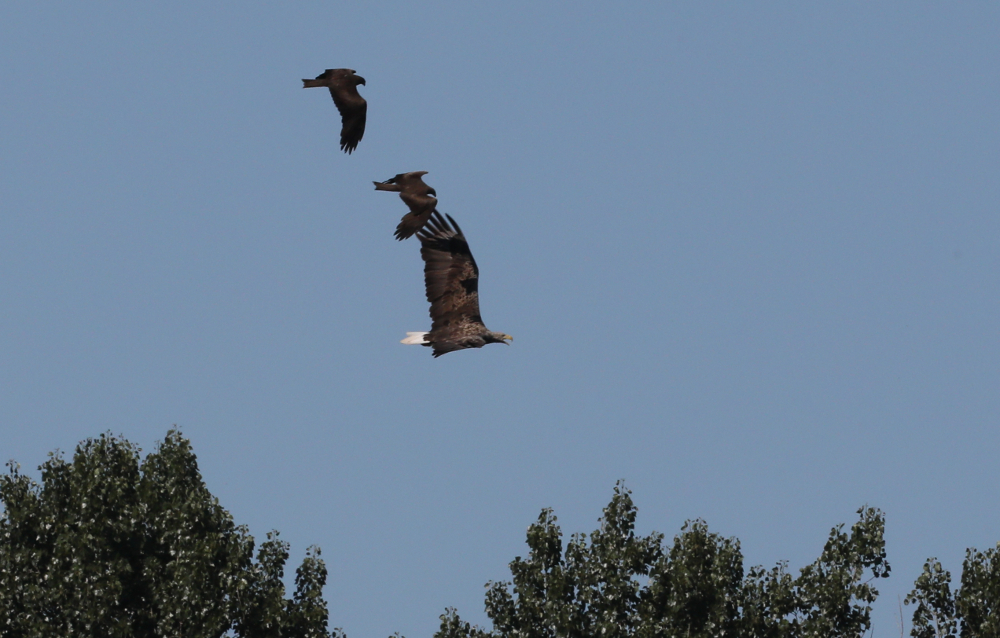
The appearance of this spectacular bird with its nonchalant flight does not go unnoticed as it sows panic among the other birds present on this occasion. It can also be "appreciated" by the most clever such as crows who can enjoy the remains of a meal following an attack; this eagle doesn't care the choice on its victims: it particularly appreciates fish but also attacks other birds, seagulls, grebes, ducks, perhaps even other birds of prey, so I I was recently able to observe an adult making a short appearance above Lindre pond but having to turn back, mobbed by black kites. The Rommersberg forest, which borders the pond is also a place rich in birds, it is one of the areas of the collared flycatcher which breeds there. The village of Tarquimpol, also located on the edge of the pond, can hold some good surprises, such as a pair of red-footed falcons present for a few days last month of May. Going up north, we head towards the three-border region, at the crossroads between the Haff-Remeich reserve, the banks of the Moselle (especially on the German side, near Nennig), the banks of the Sarre (between Saarlouis and Perl), and the Montenach reserve.
The Haff-Remeich reserve, located near Remerschen, in the grand duchy, is probably the best developed in the entire Grand-East; however, following political changes in leadership and the departure of the previous curator, this site was considerably deteriorated and biodiversity has fallen. In September 2023, we witnessed a really striking spectacle: a young osprey had taken up residence for a week near the large pond to catch fish; but as a complete novice, he used to try to catch his prey by making an oblique path from his landing point at the top of a branch; by doing this, this youngster constantly missed his target because the apparent position of the fish (as long as it was not located near the surface) did not match with its real one; to correct this "optical mirage" and succeed in its goal, the osprey must locate itself vertically above the fish, then, it drops like a mass, never miss the fish and then, can leave with its prey in its claws; a mother osprey came to help her young to teach him how to acquirre good practice for fishing.
The Montenach reserve, with its seven hills, is particularly appreciable for its botanical richness and the multitude of insects and other small critters that proliferate there; bees abound there because many beekeepers have taken up residence in the region; it's a chance because many other species are dependent on it, such as the meloe, this strange beetle whose larvae develop within hives.
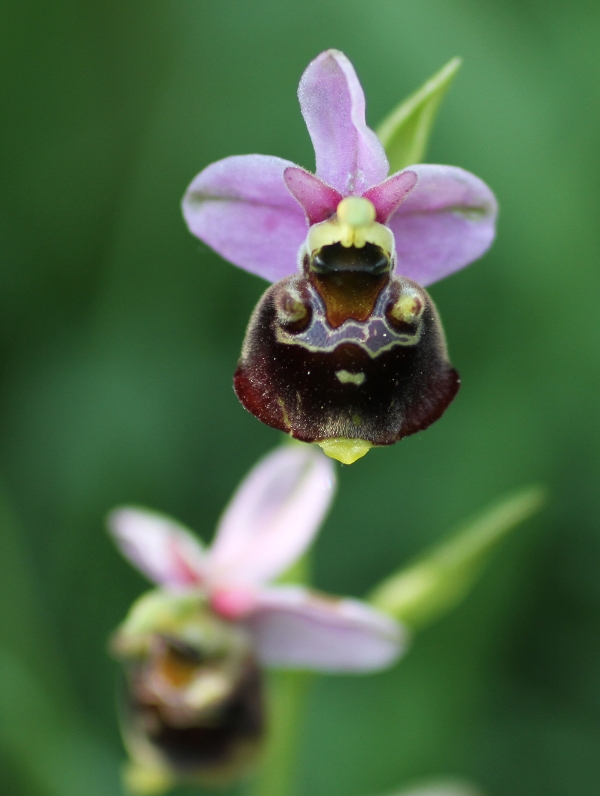
Montenach is more famous for its flora than for its fauna, there are few big animals apart deers and wild boars, generally present around the reserve; however, birds are numerous, especially passerines and woodpeckers but also some raptors (buzzard, kites, noney-buzzard, sparrowhawk, goshawk...) .There is no infrastructure for birwatching here.
So many opportunities for the amateur photographer who can indulge in macro photography for a good half of the year (from April to September). So last September I was able to take photos of praying mantises, and spiny shildbug (a predatory species), this month of May I was able to find an oak-clerid on a pile of wood: this elegant beetle is a predator who attacks insects and xylophagous larvae.
Many species of birds are present in Montenach but the possibilities for taking pictures are generally quite poor, no infrastructure being available for ambush; moreover, the site is perpetually subject to disturbance by walkers or seasonal workers for woodcutting or other activities.
The main birds of prey visible within the reserve are the common buzzard, the honey buzzard (which probably take benefits from the hives established in the region) and the red kite; the peregrine falcon is occasional and rare there but the tawny owl is frequently heard in the evening and at night.
The surroundings of the Moselle and the Sarre, further north, are of real interest only locally and rather in the low season; note however that the frequentation of certain species tends to decrease from year to year to the point of disappearing, so I have not seen any goldeneye nor any smew this last winter (the trend is similar to the Haff-Remeich reserve); to what can we attribute such a decline in biodiversity? Is it due to the overcrowding of the sites which cause disturbances, or to the abundance of earthworks and others which disturb the most sensitive species?
I have been to Switzerland several times over the last three years, this country offers numerous observation points of major interest all year round, whether in the Alps, in the German-part (Engadin) or French-one (Valais), or further north, in the German-part region (Aargau, Zurich, Bern) or French-part (Vaud); the two major points to the north are Klingnau on the Rhine and La Sauge (Chablais/Fanel) on the balks of Lake Neuchatel. Klingnau is a small town located downstream of the Koblenz dam on the Rhine; the site is interesting for bird-watching all the year.
The Neerach ponds, located not far from Zürich, are also rich in birds, especially aquatic, and it is also an excellent observation point for the red kite.
The opposite shore of the homonymous town of Lake Neuchatel constitutes a nature reserve (the "Grande Cariçaie") from Yverdon and Champ-Pittet to La Sauge and Fanel; The Squacco heron is now well established and easily observable there and all the other herons are also present there.
Also don't forget the many small lakes in the surrounding area which can hold good surprises, in 2018 I could observe a Terek sandpiper on Lake Biel. The lake Geneva contains many good observation points, one of the most unique is that of Prévérenches, not far from Lausanne, near the mouth of the Venoge; it is probably one of the site with highest density of birds (and bird species) in such a limited space, in addition many non-resident species such as the slender-bill gull or the Audouin's gull have been observed there.
The mountainous south, divided between the French-speaking part to the west and the German-speaking part to the east, offers an infinite number of hiking, climbing and observation points; I mainly visited the Valais region (Derborence, Leukerbad...) as well as the Engadine (Saint-Moritz, PNS, Ramosch/Vna...); La Leuche (Leuk), located below the village of Leukerbad, offers great opportunities for observing many characteristic birds such as the wallcreeper, the yellow-billed chough, the common quail, the hoopoe and several birds of prey; it is also a good observation point for the flora and entomological fauna. The bearded vulture is a potential inhabitant in the Derborence region (it has already bred there); Derborence is a cirque nestled at an altitude of 1500m with gravel pits and lawns crossed by watercourses, a refuge for numerous finches, chamois, marmots, ibex and other characteristic inhabitants of the mountain.
